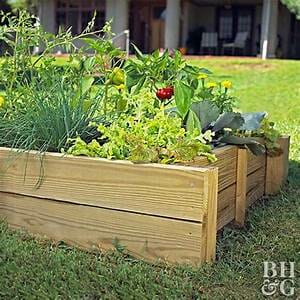Written by Jasper Boekelman and published on https://www.bhg.com/
Many people are wondering why raised garden beds are starting to boom. While discussing gardening in a recent conversation, I was told that raised garden beds are the most ideal for the best results. Excited to learn more, I did some of my own research and compiled a list of reasons why raised garden beds are better than the alternatives.
7 Reasons Why You Need a Raised Garden Bed (And How to Build One!)
What’s not to love about raised garden beds? They make it easy to maintain your plants and they contribute to an orderly look to the garden. And if you’re limited to a paved patio, a raised bed may be your ticket to growing your own food.
Skip the open ground and turn to higher ground for seeding your favorite plants. Thanks to raised beds, your garden can be virtually anywhere in your yard while maintaining ideal soil and growing conditions. Gardeners everywhere are embracing raised beds, and we’re sure you’ll love them too. Here are seven reasons why you need a raised garden bed—we’ll even show you how to make your own! Follow our easy instructions to make a 3×5-foot raised bed for your backyard space.
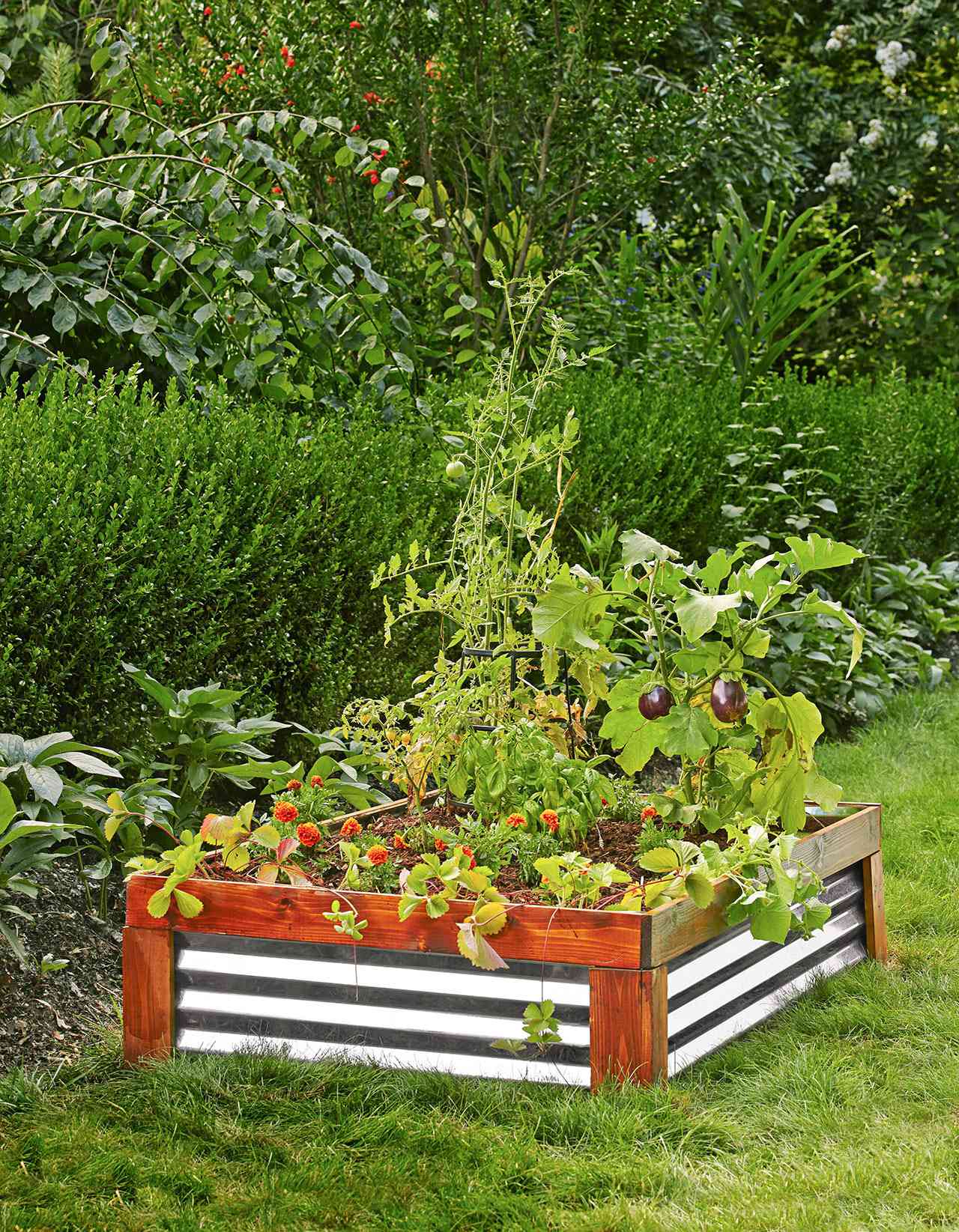
1. Easy Garden Maintenance
Having a raised bed makes it simpler to tend your plants. There’s less bending over with beds that are elevated above ground. Build them with wide borders and you might even be able to sit while you work.
2. Better Soil Drainage
Raised beds help the soil drain better. Loamy soil (or loose, crumbly soil) means better-drained soil. And because the soil in a raised bed is never stepped on, it’s uncompacted so it generally drains better than flat beds.
3. Extended Growing Season
Because the garden bed is higher, the soil tends to get warmer more quickly in the spring. Plant your seeds earlier in the spring so you’ll be able to enjoy your garden for a longer season.
4. Keeps Grass from Spreading
It’s harder for turf to spread into raised beds. Before building your raised bed, mow the site to get the grass as short as possible.
5. Protects Plants from Animals
Building a raised bed eliminates foot traffic in your garden. Access from both sides makes it so you never have to step foot in your garden to weed, plant, or water. They also give a small measure of protection against critters like moles and voles.
6. More Garden Space
No space between rows equals more space you can fill with plants. Raised beds work well for small vegetable crops and flowers.
7. Soil Health Management
Raised beds provide an optimal growing medium from scratch for those who have no soil or the soil is compacted, rocky, or degrated. Because you’re building up a garden bed, you can also escape too-wet or too-dry soil by filling yours with rich loam.
Skip the open ground and turn to higher ground for seeding your favorite plants. Thanks to raised beds, your garden can be virtually anywhere in your yard while maintaining ideal soil and growing conditions. Gardeners everywhere are embracing raised beds, and we’re sure you’ll love them too. Here are seven reasons why you need a raised garden bed—we’ll even show you how to make your own! Follow our easy instructions to make a 3×5-foot raised bed for your backyard space.

1. Easy Garden Maintenance
Having a raised bed makes it simpler to tend your plants. There’s less bending over with beds that are elevated above ground. Build them with wide borders and you might even be able to sit while you work.
2. Better Soil Drainage
Raised beds help the soil drain better. Loamy soil (or loose, crumbly soil) means better-drained soil. And because the soil in a raised bed is never stepped on, it’s uncompacted so it generally drains better than flat beds.
3. Extended Growing Season
Because the garden bed is higher, the soil tends to get warmer more quickly in the spring. Plant your seeds earlier in the spring so you’ll be able to enjoy your garden for a longer season.
4. Keeps Grass from Spreading
It’s harder for turf to spread into raised beds. Before building your raised bed, mow the site to get the grass as short as possible.
5. Protects Plants from Animals
Building a raised bed eliminates foot traffic in your garden. Access from both sides makes it so you never have to step foot in your garden to weed, plant, or water. They also give a small measure of protection against critters like moles and voles.
6. More Garden Space
No space between rows equals more space you can fill with plants. Raised beds work well for small vegetable crops and flowers.
7. Soil Health Management
Raised beds provide an optimal growing medium from scratch for those who have no soil or the soil is compacted, rocky, or degrated. Because you’re building up a garden bed, you can also escape too-wet or too-dry soil by filling yours with rich loam.
How to Build a Raised Bed
By building a raised bed, you get so many benefits to your health and the health of your plants. Take a weekend to build one from lumber and metal roofing and enjoy the fruits of your labor all growing season.
Supplies Required
- 1×4-inch cedar board, 10 feet
- 1×4-inch cedar board, 6 feet
- 1×4-inch cedar board, 8 feet
- 1/4×1-inch cedar slat, 4 feet
- 2-inch corrugated galvanized metal roofing material, 2×8-foot sheet
- Offset metal snips
- Stain
- 3-inch paintbrush
- 8 corner brackets
- Box of 50 self-piercing hex screws with neoprene washers, #10×1-inch
- 1/4-inch magnetic hex screwdriver or drill bit
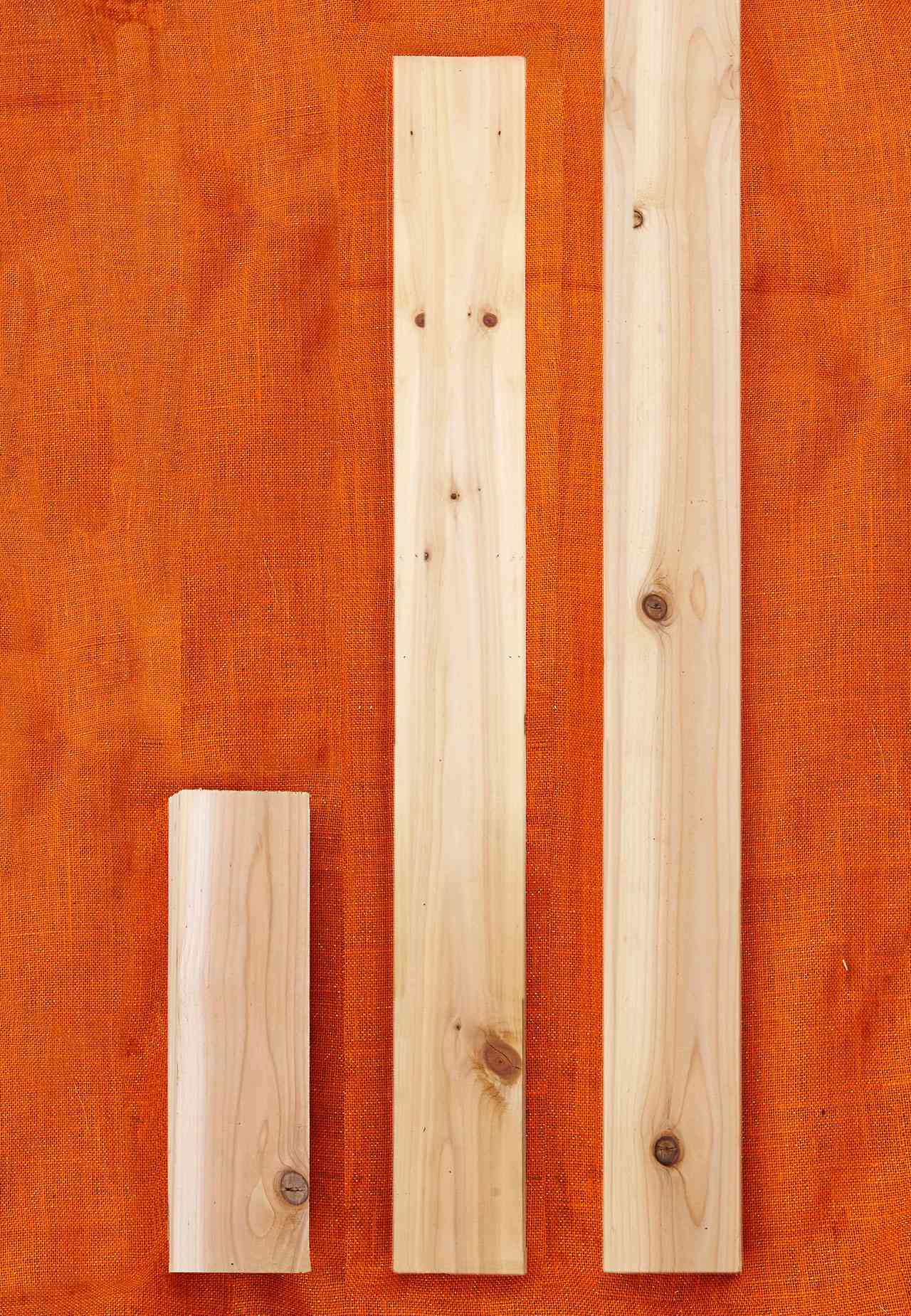
Step 1: Get Boards Cut
Ask the lumber or home improvement store to cut the cedar: Cut the 10-foot cedar board in half for the two longer top pieces. Cut the 6-foot cedar board in half for the two shorter top pieces. Cut the 8-foot cedar board into eight 1-foot lengths for the leg pieces. Cut the 4-foot cedar slat into four 1-foot lengths for the inside support pieces.
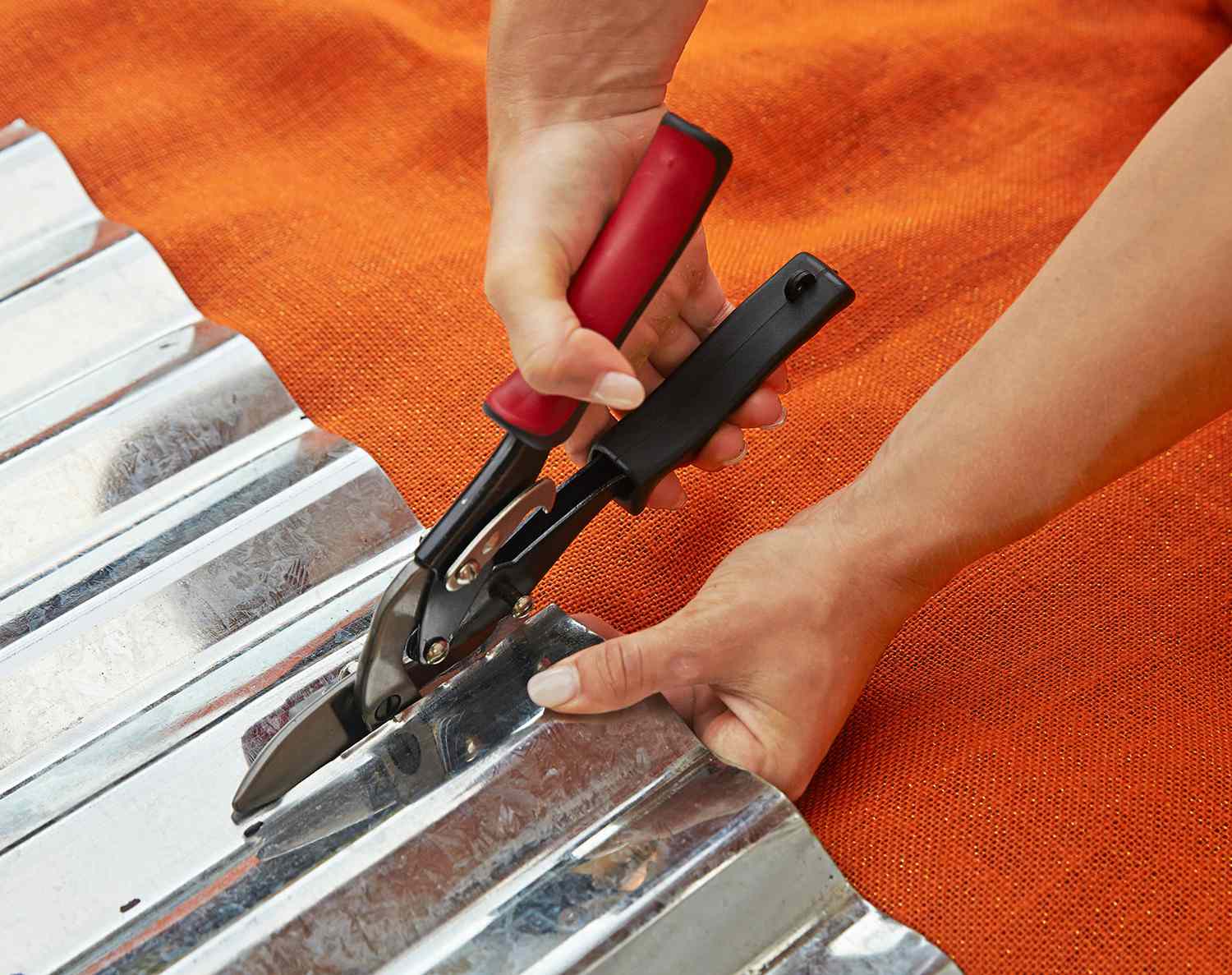
Step 2: Cut Metal to Size
Cut the metal with the metal snips. Cut in half lengthwise, making two 1×8-foot panels. Next, cut both panels at the 3-foot mark to form the ends of the raised bed. The remaining two 1×5-foot panels will form the sides.
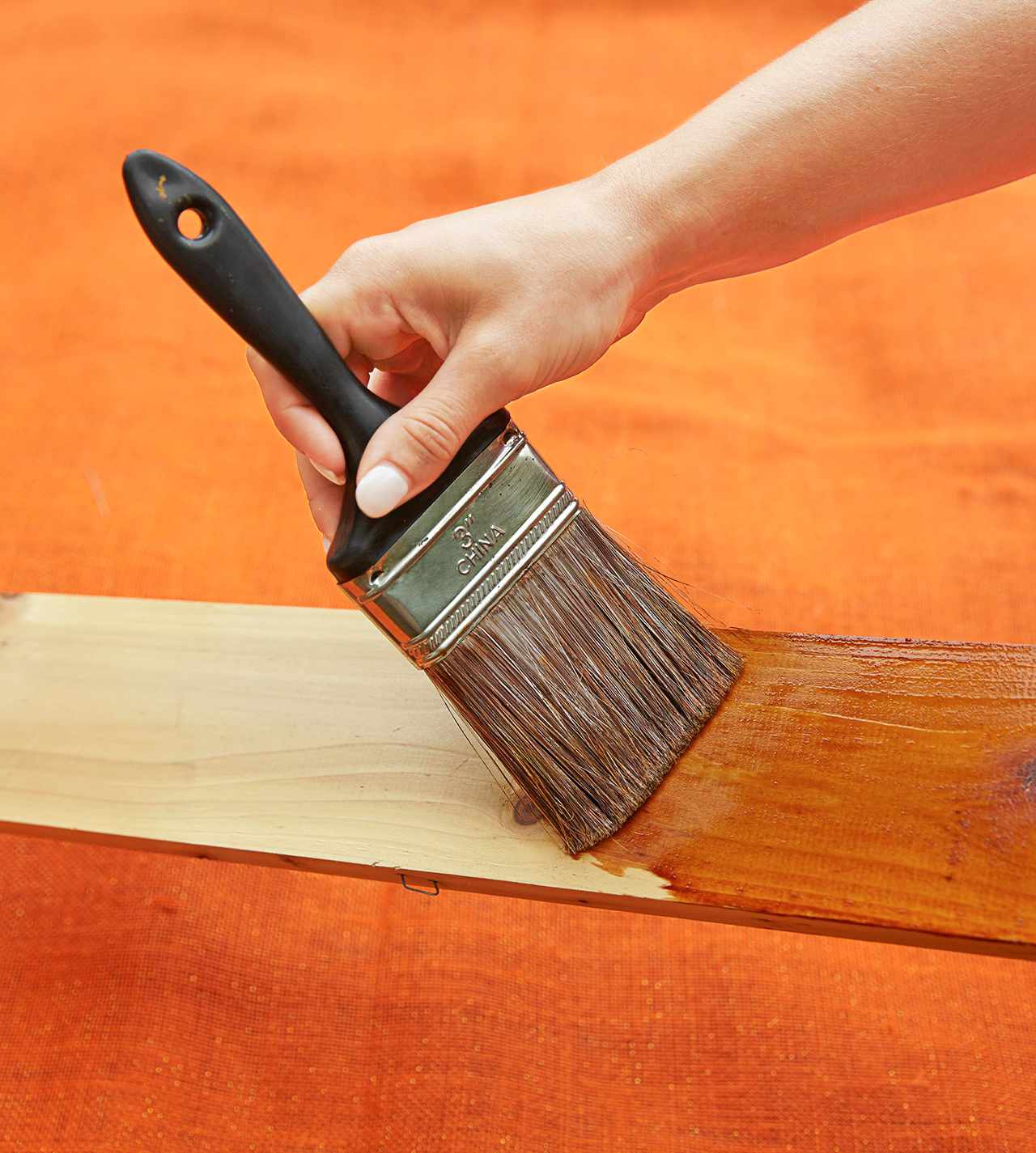
Step 3: Stain the Boards
Sand the boards using sandpaper or a belt sander to prep for staining. Be sure to use a rag to wipe away any remaining saw dust. Stain the cut boards and let dry.
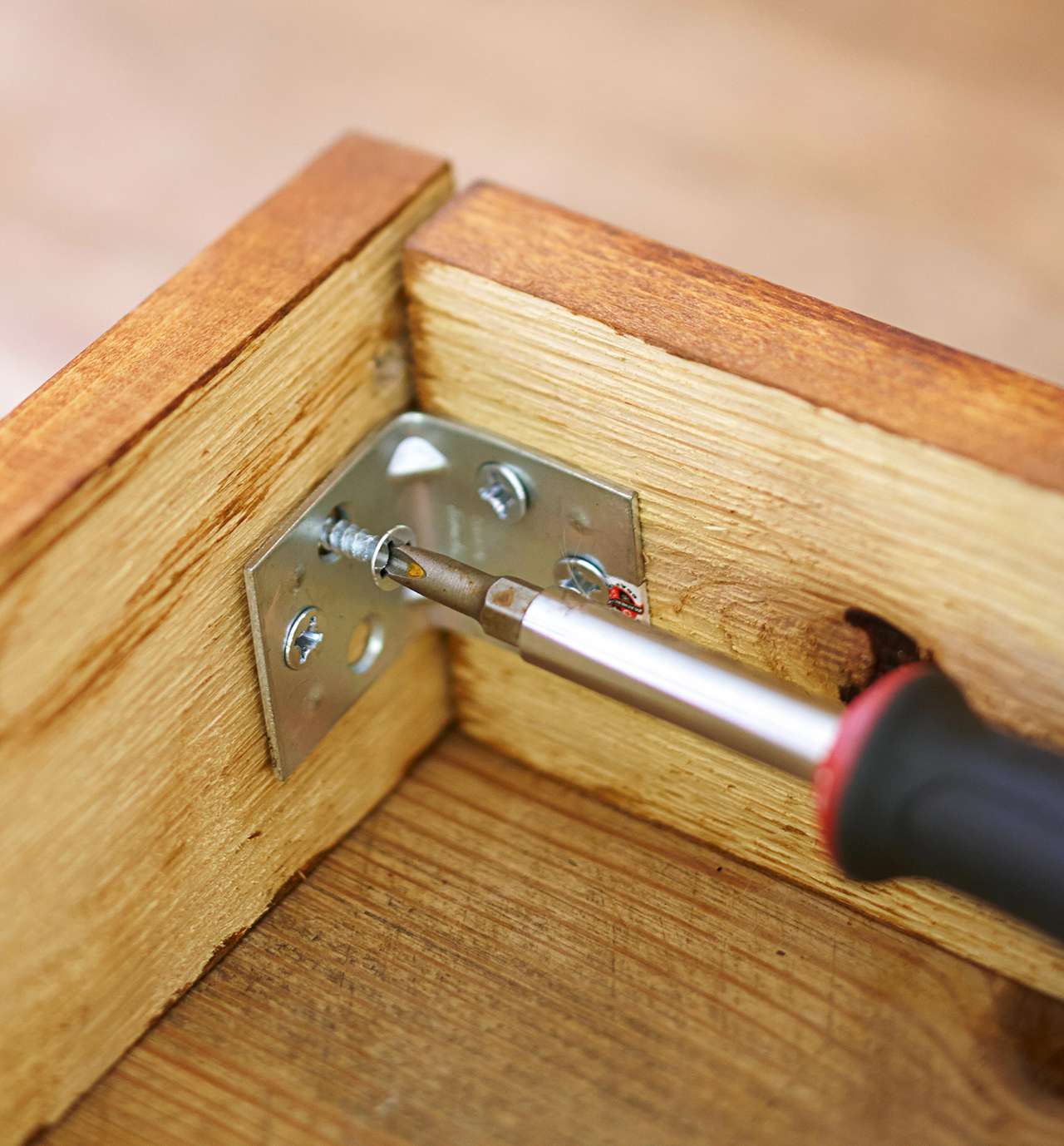
Step 4: Create Frame
Connect the four wood top pieces using corner brackets. Use two screws on each board end to keep it stable. You’ll have a 3×5-foot frame.
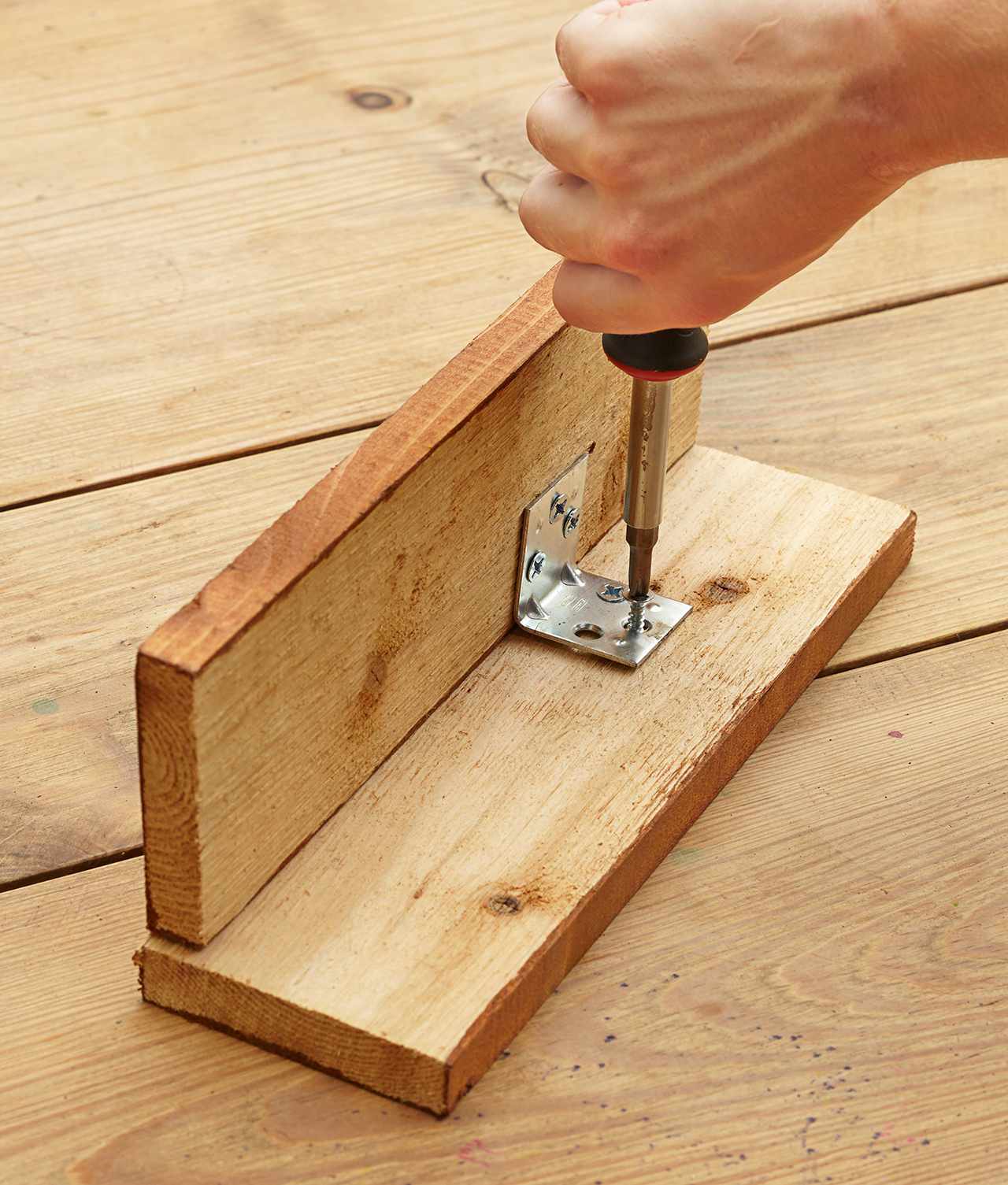
Step 5: Build Corners
Build the four leg pieces by connecting two 1-foot lengths with corner brackets, using two screws on each board. These will support the 3×5-foot frame and serve as footings for the raised bed.
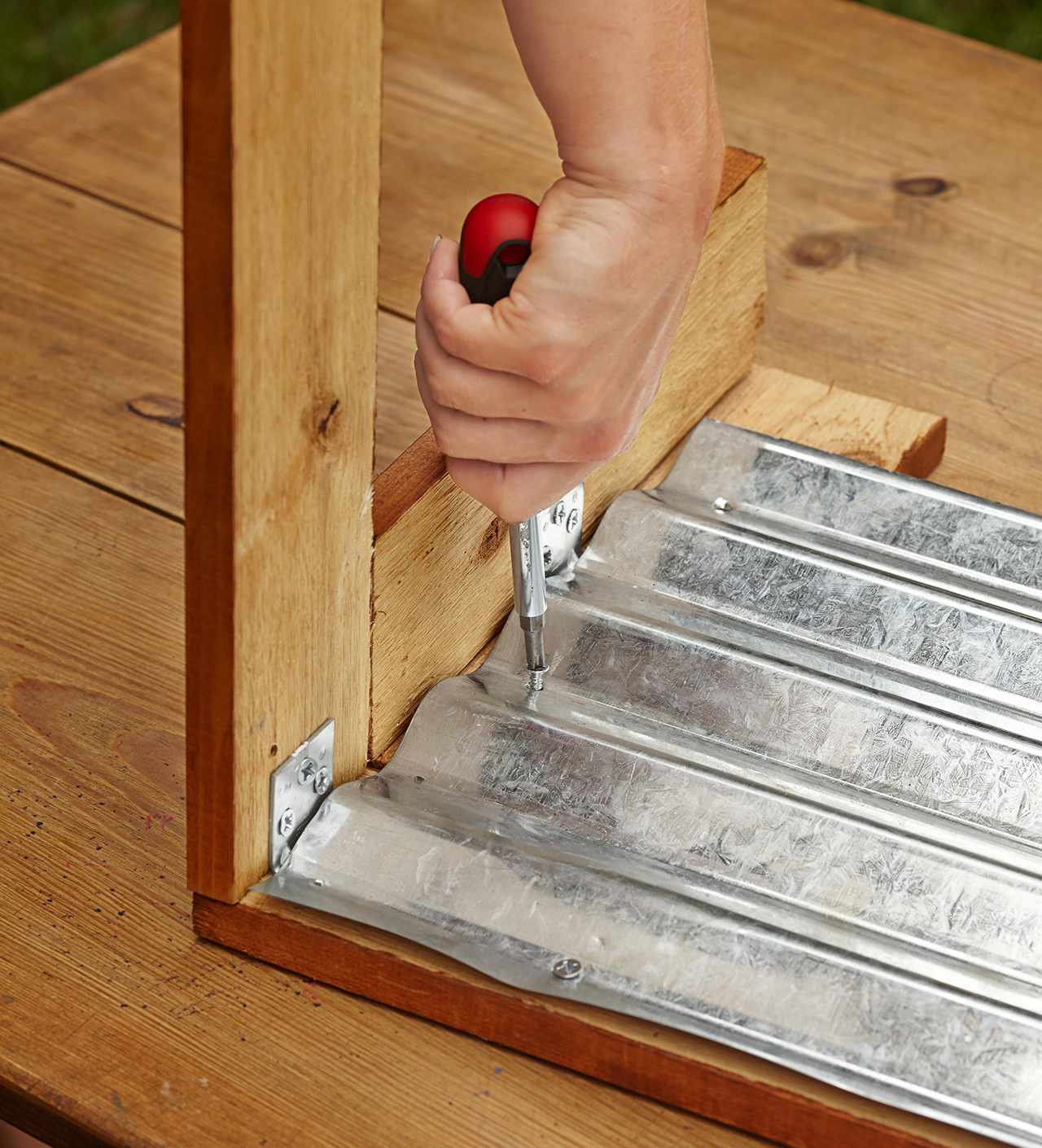
Step 6: Screw in Metal Sides
Screw in the first metal side. Position legs at both ends of the box frame, then lay the metal side in the section. Screw along the inside of the sides and legs to connect these three sections. The cut metal edge points toward the ground. Repeat to complete all four sides.
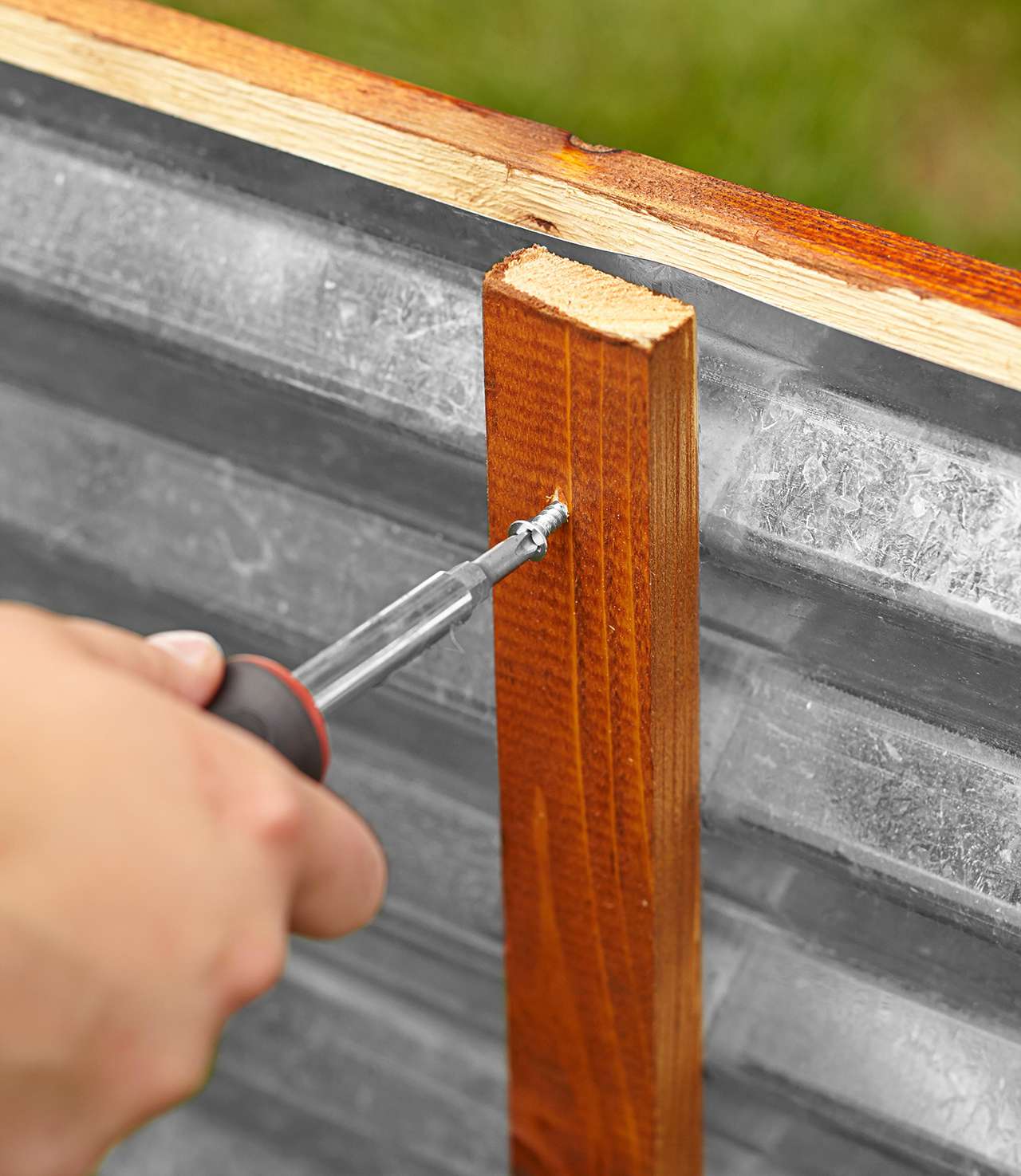
Step 7: Place Raised Bed and Finish Assembly
Place the raised bed where desired. From the inside, secure each of the four 1-foot slats at the midpoint to increase the stability of the metal. Once in place, firmly press the legs slightly into the ground. You may need to loosen the soil if the ground is hard. Fill the bed with soil (we suggest a mixture of equal parts topsoil and compost) and plant desired vegetables and flowers.
Original post here https://www.bhg.com/gardening/yard/garden-care/why-you-need-a-raised-bed/.

